‘China Shock’ Earnings Crisis: LG Household & Health Care Turns to Ex-L’Oréal Executive as New CEO to Chart Recovery Path
Input
Modified
Second-quarter cosmetics unit posts loss Market capitalization overtaken by APR amid slump Urgent tasks: China decoupling and brand competitiveness
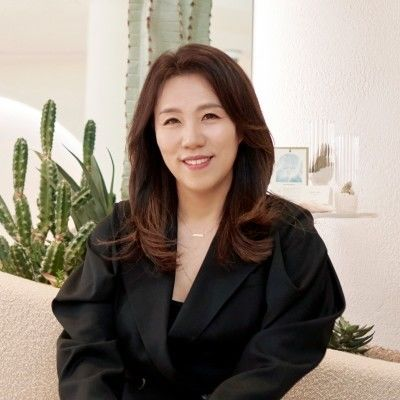
LG Household & Health Care, the pioneer of K-beauty, has installed a new chief executive ahead of its regular reshuffle. With its core cosmetics division sinking into the red for the first time in two decades due to overreliance on the Chinese market and sluggish duty-free sales, the company has turned to a global strategist to break through the crisis. The timing underscores the urgency: unlike the usual LG Group practice of appointing executives in late November, LG H&H pushed ahead with the leadership change two months early. This abrupt move reflects the gravity of its predicament, raising expectations over whether the new chief can reverse losses and reignite growth momentum.
Appointment of ‘Brand Specialist’ Lee Sun-joo
According to retail industry sources on the 1st, LG H&H’s board appointed Lee Sun-joo, a former L’Oréal executive, as its new CEO on September 29. Lee is regarded as a marketing strategist and corporate leader who has spent three decades in the cosmetics industry, building brands such as Kiehl’s, Yves Saint Laurent, and Mediheal.
Lee began her career in public relations and corporate communications at L’Oréal Korea before advancing to general manager for Yves Saint Laurent and Kiehl’s, propelling Korea to the world’s second-largest market after the U.S. on both brands. Her achievements led her to the role of Senior Vice President of International Business Development at Kiehl’s, where she helped the brand double its global revenue and climb to second place within L’Oréal’s luxury portfolio behind Lancôme. Subsequently, she headed global strategy at L&P Cosmetic and served as CEO of its U.S. subsidiary, driving Mediheal’s entry into the American market. She later became CEO of Carver Korea, a Unilever subsidiary, strengthening AHC’s brand competitiveness.
LG H&H stated, “Lee, with her L’Oréal pedigree and wide-ranging brand marketing and business experience, is the right person to leverage her exceptional marketing acumen to elevate the household goods and cosmetics businesses.” Former CEO Lee Jung-ae, who succeeded long-time leader Cha Suk-yong in 2023, stepped down ahead of the regular reshuffle despite her term running until next March. Lee Sun-joo will officially assume the role of CEO at an extraordinary general meeting and board session scheduled for November 10.
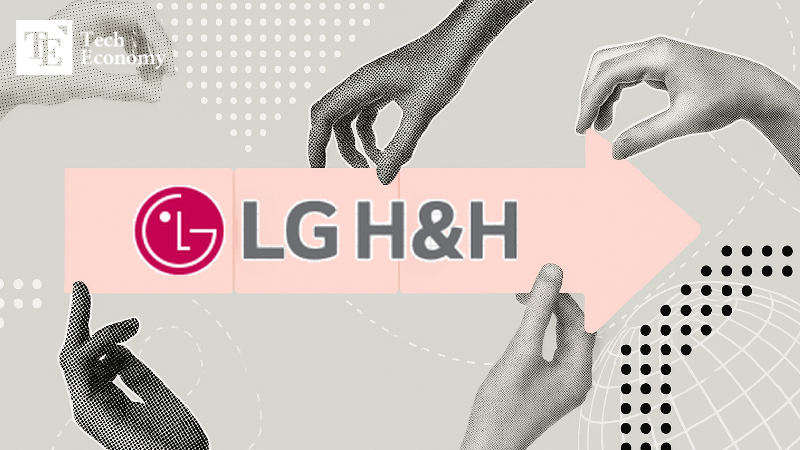
Cosmetics Division Posts $118 Million Operating Loss in Q2
The leadership change is widely seen as an emergency measure in response to LG H&H’s weak performance. The company, spanning cosmetics, household goods, and beverages, posted its first cosmetics operating loss in 20 years during Q2. Its stock, which peaked at $1,340 in July 2021, closed at just $215 on September 30, even falling below the market capitalization of beauty-tech startup APR.
According to the Financial Supervisory Service, LG H&H’s consolidated operating profit in Q2 was $41 million, down 65% year-on-year. Sales fell 8.8% to $1.2 billion. Cosmetics sales plunged 19%, swinging to a $118 million operating loss — the first such deficit since Q4 2004. Other divisions also struggled: the household goods segment saw higher sales thanks to premium brands overseas, but profits slipped due to fixed costs and marketing expenditures, while the beverage unit suffered from weak domestic consumption and unfavorable weather. With revenues and profits down across the portfolio, analysts are calling it the company’s worst crisis since its founding.
Only four years ago, LG H&H was the nation’s leading household and cosmetics company. Its revenue surged from $770 million in 2004 to $6 billion in 2021, with market capitalization peaking at $19 billion. Much of this was credited to former Vice Chairman Cha Suk-yong, who since becoming CEO in 2005 built a diversified portfolio across beverages, household goods, and cosmetics through aggressive M&A. Under his leadership, the company delivered consistent revenue and profit growth, navigating crises with strategic clarity and operational resilience.
Cha’s reputation as the “M&A wizard” stemmed from bold deals. After acquiring Coca-Cola Beverage Korea in 2007, he turned it profitable within a year. He followed with acquisitions including Diamond Water (2009), The Face Shop and Hankook Beverage (2010), Haitai Beverage (2011), Bob, a local color cosmetics brand (2012), and Canadian body care label Fruits & Passion (2013). Yet in 2022, after 18 years, the Cha era closed as sales shrank for the first time, with cumulative nine-month revenue dropping 11% to $4 billion and operating profit plunging 44% to $431 million.
China Dependence Intensifies Risk Exposure
The company’s woes stem largely from its heavy reliance on China. While peers sought to diversify away from “China risk,” LG H&H doubled down on its footprint there. In the process, it failed to seize growth opportunities in North America, where K-beauty was gaining traction. Betting on China and premium cosmetics left it cornered.
By 2022, industry experts urged LG H&H to pivot toward North America, a market with scale and potential comparable to China but fewer geopolitical and regulatory risks. China remains vulnerable to variables such as THAAD-related boycotts, bans on Korean pop culture, and patriotic “guochao” consumer campaigns.
Despite such warnings, LG H&H continued to bet heavily on China, pointing to ongoing popularity of its flagship brand The History of Whoo. Last year, it pledged to boost Whoo’s marketing as part of its 2030 plan to hit $7.5 billion in revenue with operating margins above 10%. But sluggish Chinese consumption and intensifying local competition only worsened the plight of Korean players in China.
Overdependence on the duty-free channel also exacerbated the downturn. The duty-free share of sales fell from 24% in Q2 last year to 19% this year, with sales tumbling 37% from $137 million to $86 million. China sales also fell 8% year-on-year. To curb price distortions from Chinese resellers, LG H&H deliberately reduced duty-free volume — a move aimed at protecting Whoo’s brand equity but inevitably hitting revenue in the short term.
The company was also late in entering beauty devices. It acquired the Pra.L line from LG Electronics only this year, long after the market had matured. Pra.L, launched in 2017, failed to gain traction as it was positioned as an electronic gadget. In contrast, APR disrupted the market in 2021 with its Agether device, integrating beauty hardware with cosmetics to drive recurring sales and rapid revenue growth.
LG H&H has pledged to lower its China and duty-free exposure, but investor sentiment remains skeptical. Brokerages have slashed forecasts, with Kiwoom Securities cutting its 2025 operating profit estimate by 33% from $346 million to $229 million, lowering its target share price from $300 to $215 and downgrading its rating from “Buy” to “Neutral.” Analyst Jo So-jung noted, “The key channels that sustained LG H&H’s profits will remain under pressure for the time being, while new growth drivers are not yet mature enough to generate meaningful returns.”
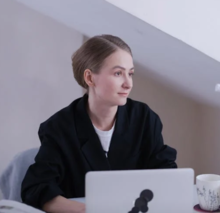
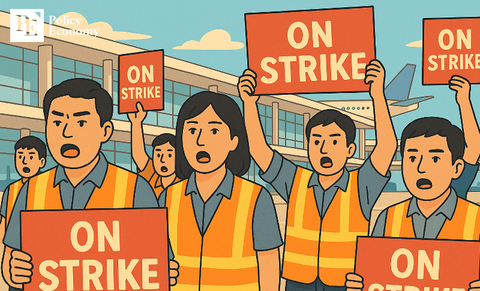
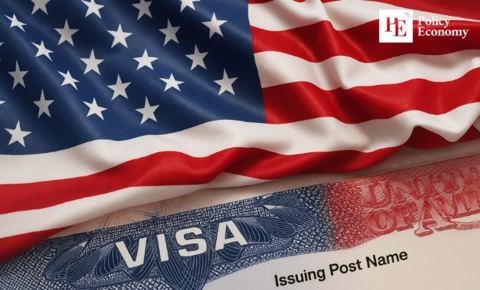
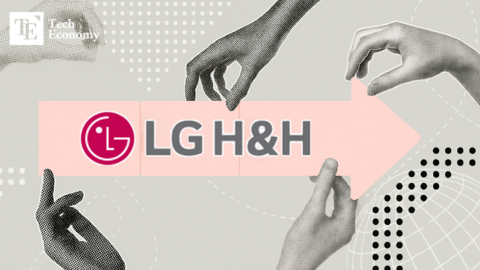
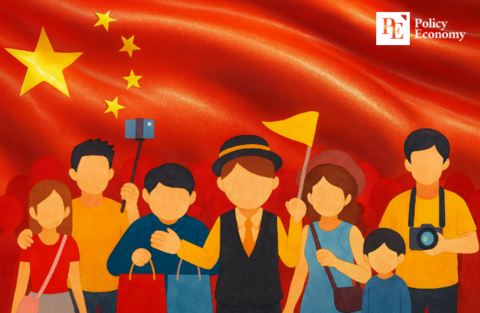
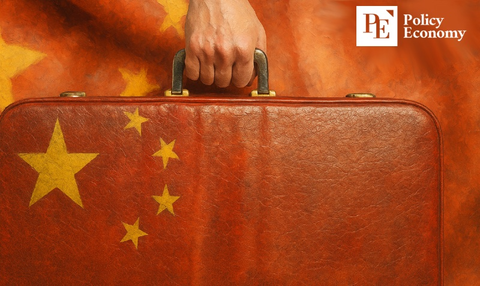
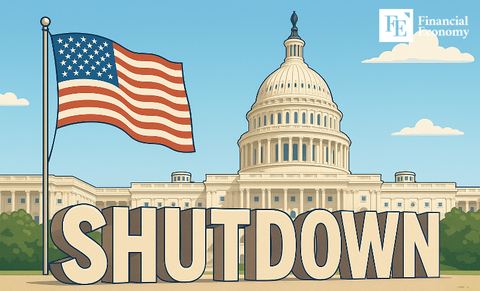
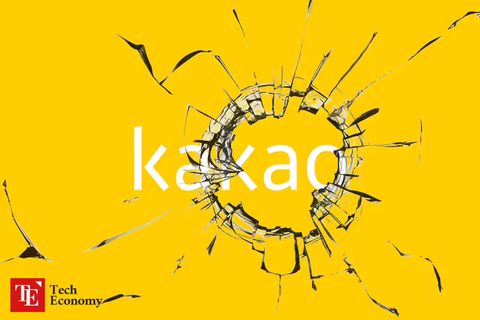
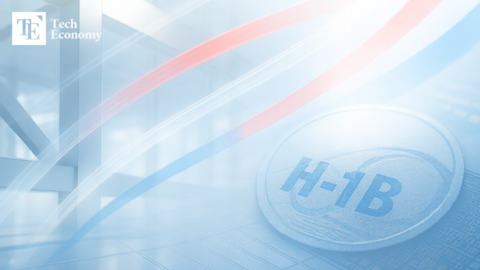
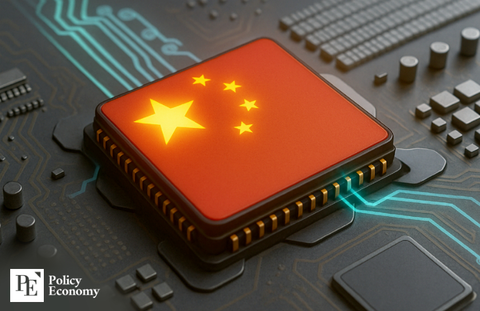












Comment